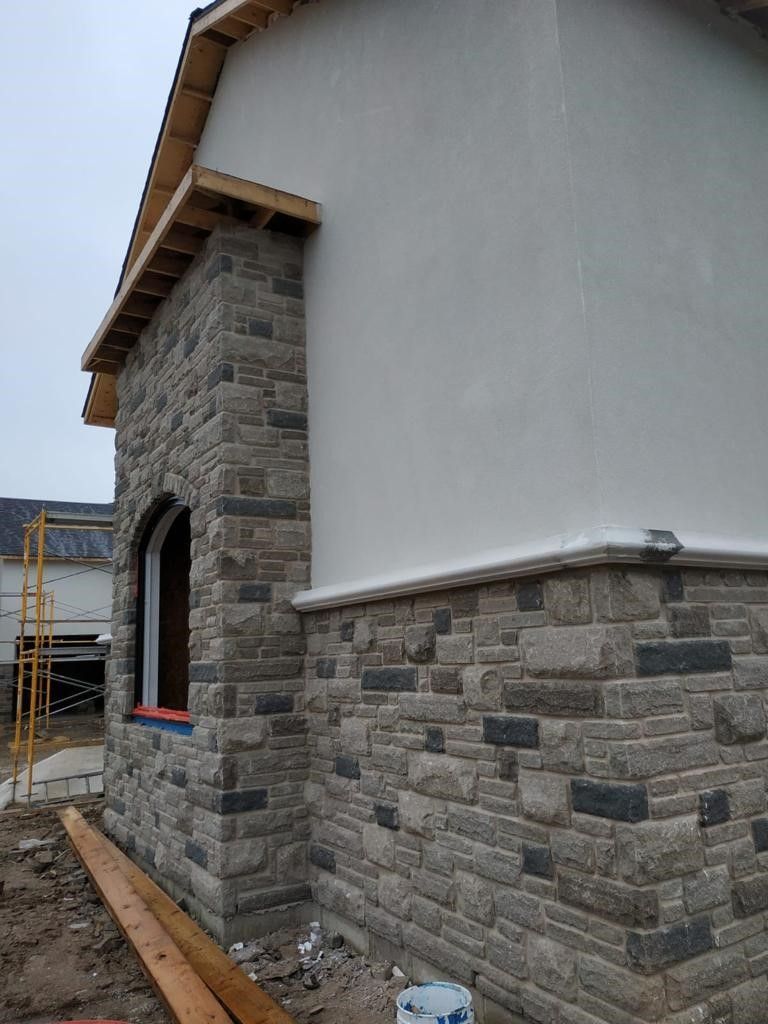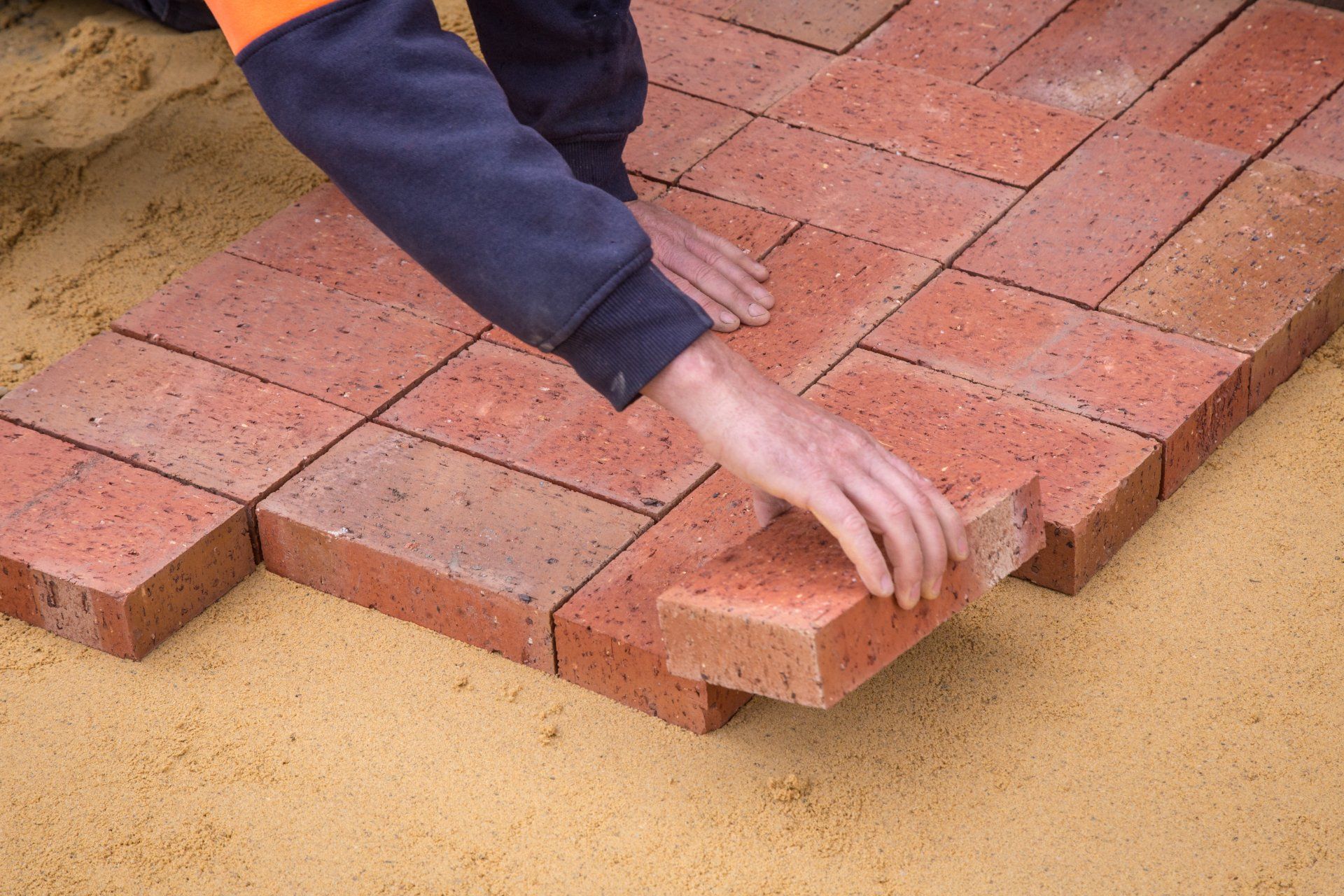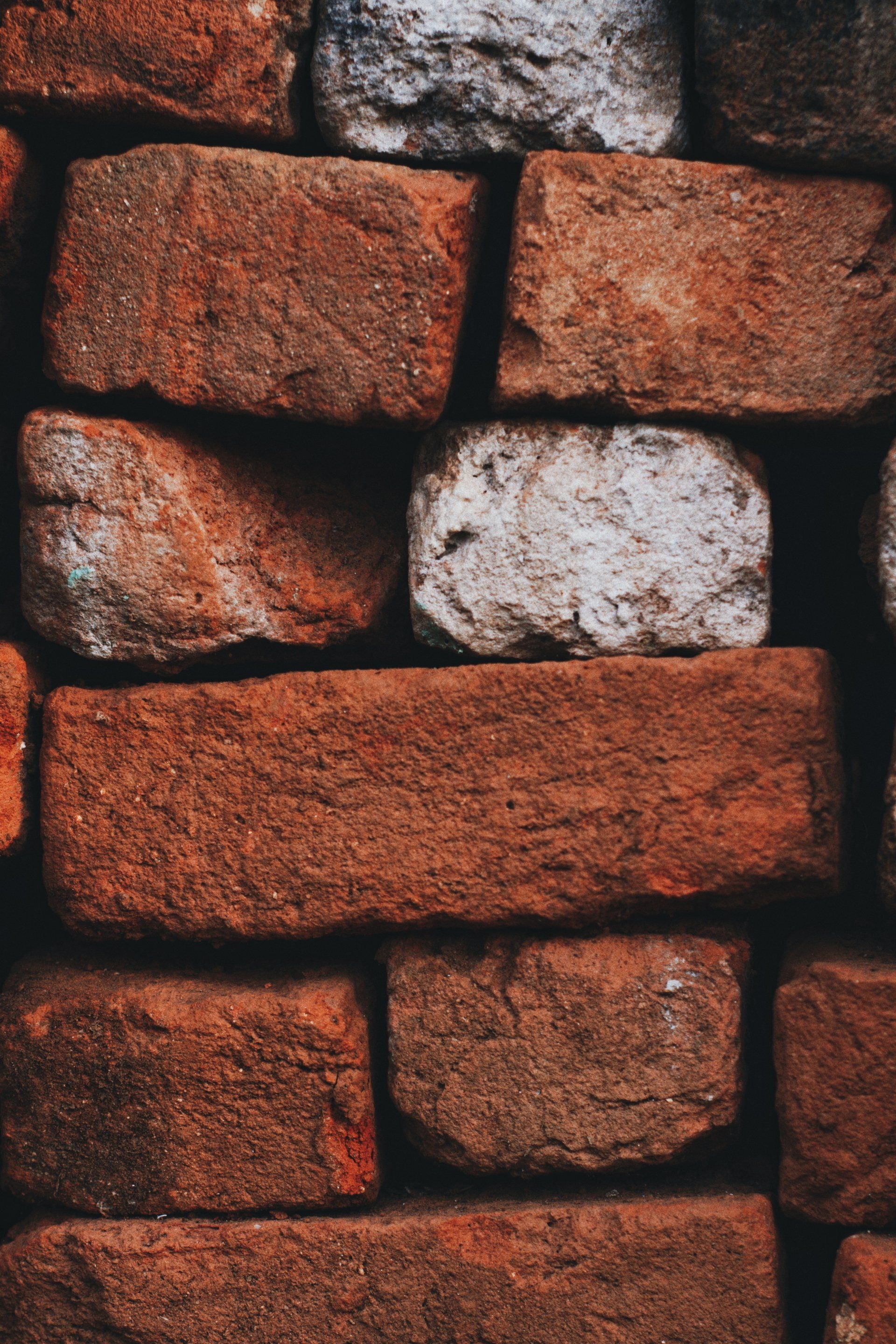10 Amazing Masonry Service Ideas That Will Transform Your Home!
Welcome to the ultimate masonry wonderland! Vaughan Masonry is here to sprinkle some magic dust on your home with our 9 Amazing Masonry Project Ideas. Get ready to elevate your curb appeal and transform your property into a jaw-dropping masterpiece!
1. Brickwork Brilliance: Elevate Your Exterior
Bricks are the OG masonry darlings, and we've got a creative bunch of masons ready to turn them into your home's crowning glory. Traditional red bricks or a modern twist? We've got you covered!
2. Exquisite Stone Veneer: Unmatched Elegance
You crave the elegance of natural stone, but your wallet says, "Hold on!" Fear not, for our stone veneer is here to save the day (and your budget!). Get the look without the heavy price tag!
3. Stunning Retaining Walls: Strength and Beauty Combined
Say goodbye to boring concrete and hello to captivating retaining walls! Our masonry maestros will give you functional walls that'll turn heads like a rockstar.
4. Chimney Excellence: Charm and Safety
A charming chimney that also ensures safety? It's not a fairytale; it's our specialty! Santa will envy your chimney – guaranteed!
5. Elegant Pathways and Walkways: Welcome in Style
First impressions matter, and we've got the pathway to impress your guests. Roll out the red carpet – or something equally fabulous!
6. Artistic Fire Pits: Cozy and Entertaining
Get ready for fire pit envy! Our masonry artists create fire pits that'll have you singing campfire songs in no time.
7. Garden Walls: Nature's Embrace
Give your garden a hug with our beautiful garden walls. Nature will thank you for this upgrade!
8. Majestic Pillars: Grace and Grandeur
Want to feel like royalty? Our majestic pillars will make you feel like you're living in a grand castle!
9. Dazzling Outdoor Water Features: Serenity Unleashed
Bring serenity to your backyard with our mesmerizing water features. Nature will bow to your new oasis!
Transform Your Home Today!
Enough dreaming; it's time to take action! Contact Vaughan Masonry now and let the masonry magic begin. Say goodbye to ordinary and hello to extraordinary!

Are Ready To Work With Vaughan Masonry?
Let's chat!
Send us a message and we’ll get in touch with you.
Or give us a call today at 647-559-6210
Contact Us
We will get back to you as soon as possible.
Please try again later.





We offer residential and commercial masonry services in Vaughan and the GTA. With over 15 years of experience, our skilled masons specialize in brickwork, stone veneer, retaining walls, and more. We are dedicated to high-quality work and exceptional customer service.
Company
Services
@ 2024 All Rights Reserved | Vaughan Masonry


